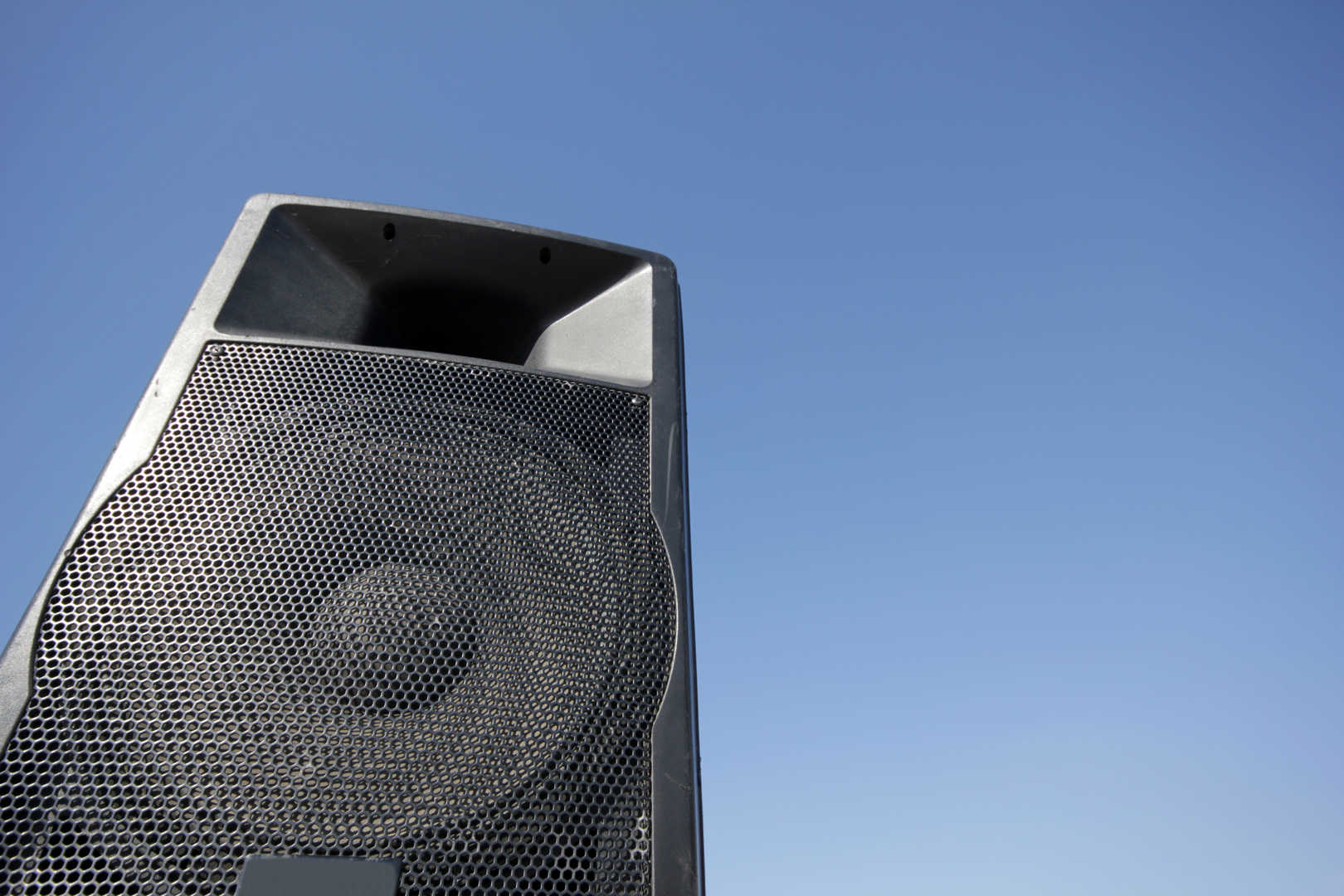You are wandering through a science museum, checking out different exhibits left and right. As you pass by a model of the solar system, something unexpected happens. The model itself starts chatting with you, telling stories about planets and stars. It’s not magic but the power of directional speakers. They can aim their sound exactly where they want. How? Let’s discuss this in detail.
Understanding The Basics of Sound Waves
Before you start your search for a directional or ultrasonic speaker for sale, it’s essential to know how it works. To understand how a single speaker produces directional sound, we need to start with the basics of sound waves. Sound is essentially vibrations travelling through the air. When you play music or someone talks, the source generates these vibrations. These vibrations then travel as waves through the air until they reach your ears.
Now, directional speakers manipulate these vibrations. A single speaker is designed to create sound waves in a way that directs them towards a specific area. Exhibitions or events use this technology from popular brands like Focusonics to create an immersive experience. How does it do it?
1. The Cone:
Every speaker has a cone-shaped diaphragm. This diaphragm is a flexible membrane that vibrates when an electronic current flows through it. As it vibrates, it pushes the air around it and creates sound waves. The shape of the cone is crucial to determine the direction of the sound. Most speakers, for example, directional speakers Focusonics, are designed with a cone that narrows towards the centre, resembling an inverted bowl. The size and shape of this cone determine how wide or narrow the directional sound will be.
2. Directional Design:
Speakers are engineered with specific shapes and materials to control the direction of sound. If you’ve ever noticed the grille or mesh covering a speaker, it’s not just for looks. It actually helps shape and direct the sound waves. Some speakers have a focused design, directing the sound straight ahead, while others might disperse it more widely.
3. Controlling The Cone
The speaker’s cone is like a puppet in the hands of the magnet and coil duo. By adjusting the strength and timing of the electrical signals, the speaker can control how much the diaphragm vibrates and in what direction. So, the speaker can produce sound waves that travel exactly where they are intended.
4. Beyond the Basics:
Modern speakers often incorporate advanced technologies to enhance directional sound. Some use multiple drivers, each responsible for a specific frequency range, to achieve clearer audio. Others employ signal processing techniques to fine-tune the sound output.
Closing Thoughts
A single speaker produces directional sound because of the clever manipulation of vibrations through the cone of the speaker. The sound pressure in each direction can differ, depending on the control and the processing. The science behind the speaker is what makes it generate directional sound.



